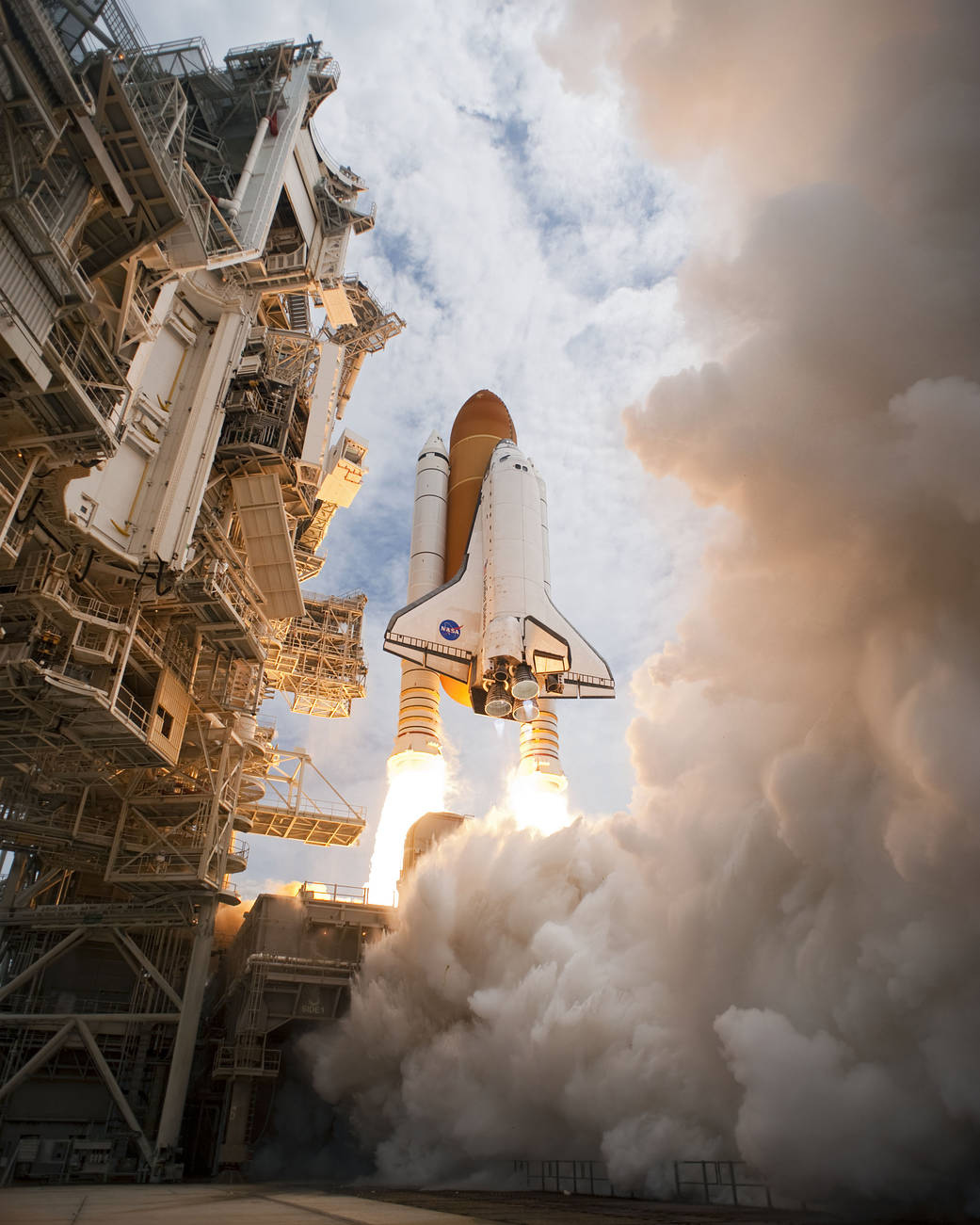When space shuttle Atlantis launched in July 2011 on the STS-135 mission carrying the Raffaello multipurpose logistics module and delivering supplies and spare parts to the International Space Station, it was the orbiter’s final flight and the end of an era. Chris Ferguson commanded the mission and Doug Hurley was its pilot. Also aboard were Rex Walheim and Sandy Magnus.
But, we at NASA haven’t been idle seen then. We’ve been working on a new generation of spacecraft to take us to the station and deeper into our Solar System. Learn about Artemis, our mission to land the first woman and next man on the Moon by 2024, using innovative technologies to explore more of the lunar surface than ever before. And, the agency’s Commercial Crew Program is working with the American aerospace industry as companies develop and operate a new generation of spacecraft and launch systems capable of carrying crews to low-Earth orbit and the International Space Station.
Image Credit: NASA
当亚特兰蒂斯号航天飞机于2011年7月执行STS-135任务发射升空时,它携带着拉斐尔多用途物流舱,向国际空间站运送补给和备件,这是这艘航天飞机的最后一次飞行,也是一个时代的结束。克里斯·弗格森指挥这次任务,道格·赫尔利是飞行员。航天飞机上还有雷克斯·瓦尔海姆(Rex Walheim)和桑迪·马格纳斯(Sandy Magnus)。
但是,我们NASA的人并没有闲着。我们一直在研制新一代的航天器,以便把我们带到空间站并深入太阳系。了解阿尔忒弥斯,我们的任务是在2024年将第一位女性和下一位男性送上月球,使用创新技术探索更多的月球表面。此外,该机构的商业乘员计划正在与美国航空航天工业合作,一些公司正在开发和运行新一代的航天器和发射系统,这些航天器和发射系统能够将乘员送入近地轨道和国际空间站。
影像来源:NASA







